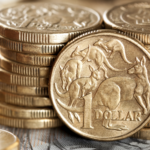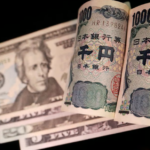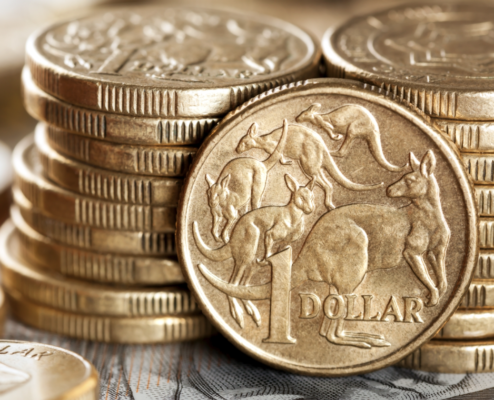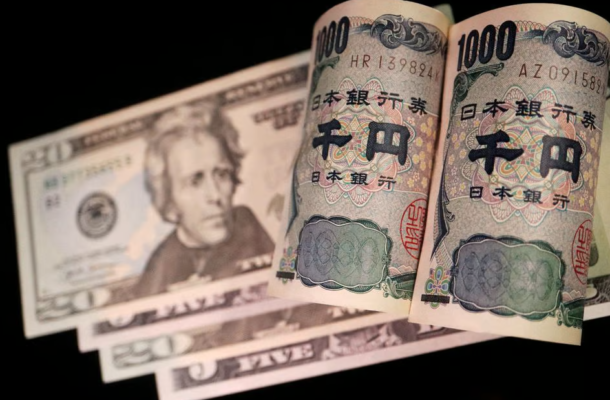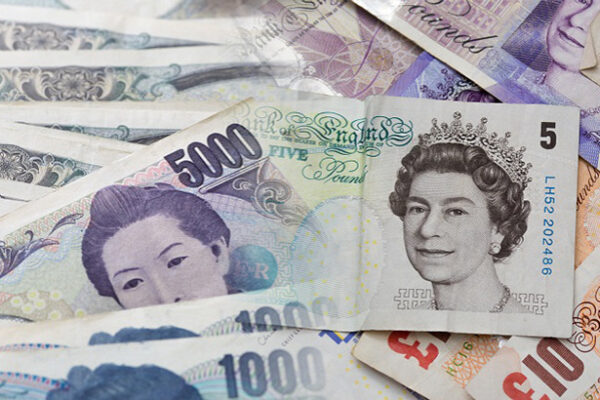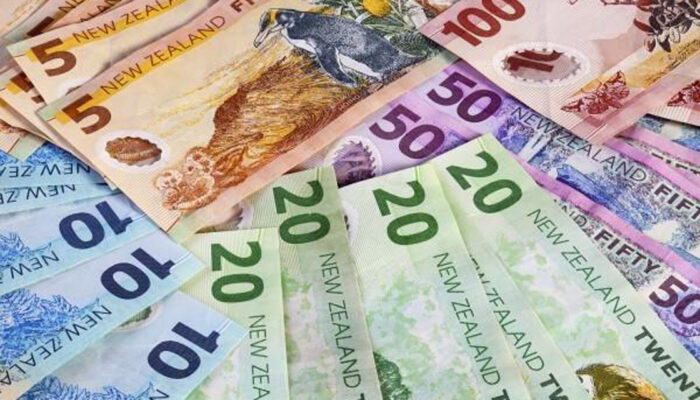Gold Price Analysis
In the heart of the Asian trading session on Monday, all eyes are on the XAU/USD. Commonly known as the gold price, as it firmly holds below the significant $2,000 mark. This captivating movement is the result of a myriad of influential factors in play. We’ll delve into the intricacies of the gold market, shedding light on the impact of the US Dollar and US Treasury bond yields. While keeping a vigilant watch on the impending decisions of the Federal Reserve and the release of China’s PMI data.
Gold Steady Stance Below $2,000
Asian trading session on Monday, the gold price, denoted by XAU/USD maintains a steady position below the psychologically significant $2,000 threshold. This intriguing development can be partially attributed to the weakened US Dollar and a retreat in US Treasury bond yields. As of now, the gold price hovers around $1,996, reflecting a modest 0.07% increase throughout the day.
The Role of the US Dollar
Simultaneously, the US Dollar Index (DXY), a critical gauge of the USD’s strength against a basket of global currencies. US Dollar has receded to 106.20, retracting from its weekly peak at 106.70. The 10-year US Treasury bond yield experiences marginal fluctuations, staying close to 4.90%. This weakening in the US Dollar’s position and the subdued movement in bond yields stand as the primary drivers behind the gold price’s resilience.
Federal Reserve’s Stance
Reviewing the past week, Jerome Powell, the Chair of the Federal Reserve (Fed), unequivocally stated that the Fed’s intent is to maintain interest rates without wavering during their forthcoming meeting, scheduled for November. Nevertheless, the future decision on maintaining these rates in December hinges on incoming economic data. Powell also highlighted the possibility of an additional interest rate hike if the economy continues its robust growth and wrestles with labor shortages. Such a scenario could potentially restrain the upward momentum of gold. It’s worth noting that higher interest rates increase the cost of investing in non-yielding assets. Painting a somewhat bearish outlook for precious metals.
China’s PMI Impact
The financial world’s attention is fixated on the impending release of China’s Purchasing Managers’ Index (PMI) data, set to be unveiled on Tuesday. Projections indicate that China’s Manufacturing PMI is poised to expand. Reaching 50.2, while the Non-Manufacturing PMI is expected to rise to 51.8. Should the actual data surpass these expectations, it could serve as a catalyst, propelling the gold price to higher levels. China, both the largest producer and consumer of gold worldwide, holds a pivotal position. Its making its economic performance a crucial factor for the gold market.
What Next for Gold Price
As we look forward, Tuesday will witness the publication of the US Housing Price Index and Consumer Confidence figures, offering additional insights for traders. However, the true spotlight remains on the Federal Reserve’s interest rate decision, coupled with the subsequent Press Conference scheduled for Wednesday. Traders will be vigilantly monitoring these events, seeking trading opportunities within the realm of the USD/JPY currency pair.
The performance of the gold market during the Asian trading session is a captivating interplay of various economic factors. The US Dollar, Federal Reserve decisions, and China’s PMI data playing pivotal roles in shaping its trajectory. Stay attuned to these dynamics for valuable insights into potential trading opportunities.

